






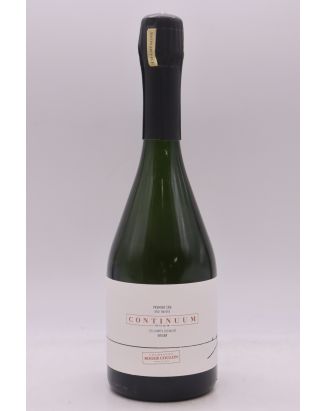
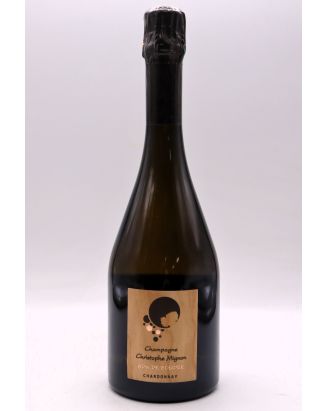
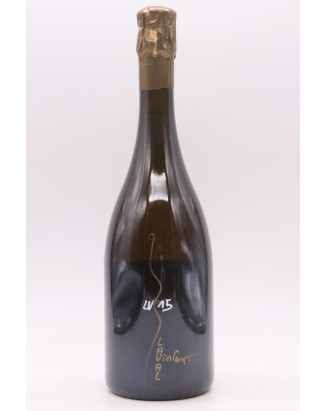
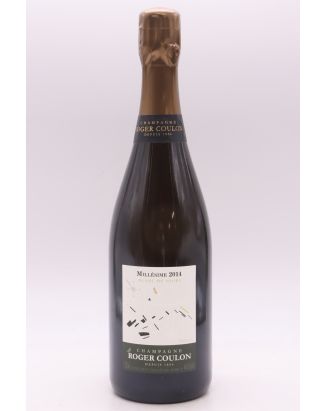
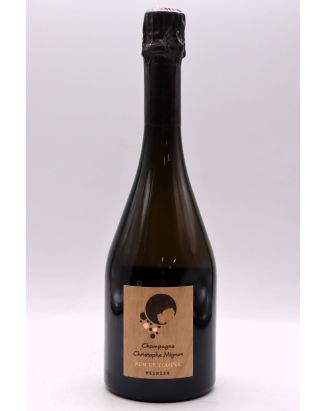



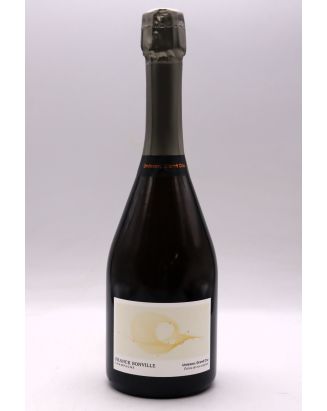





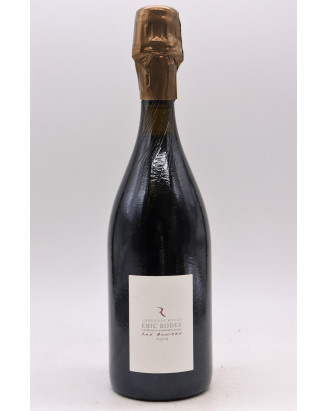


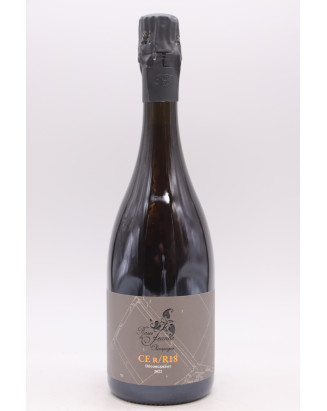
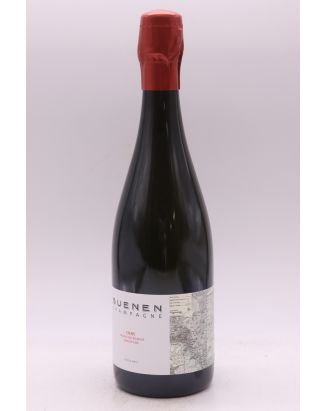


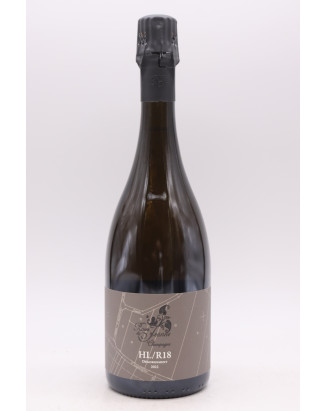








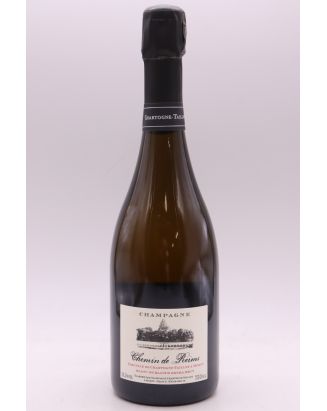









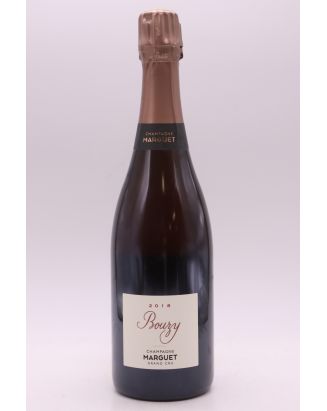


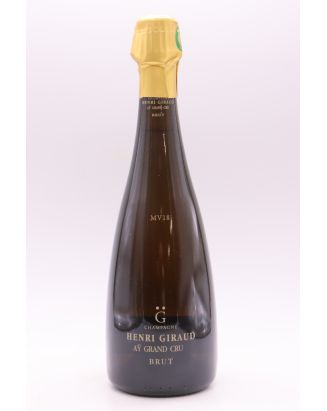

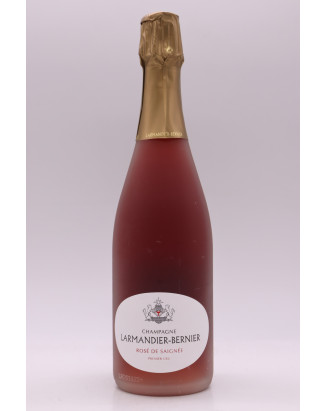








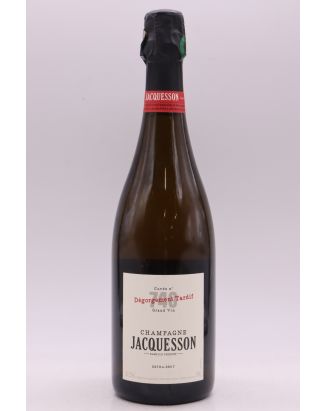
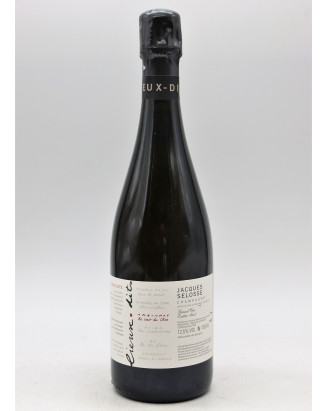


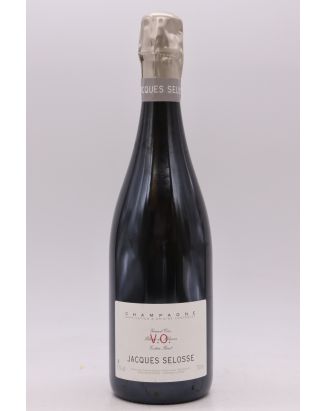




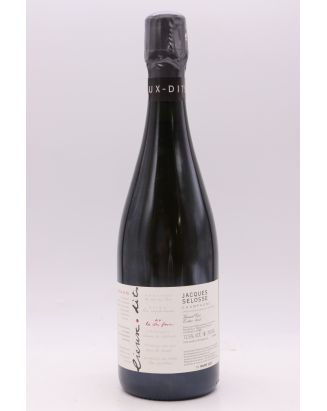
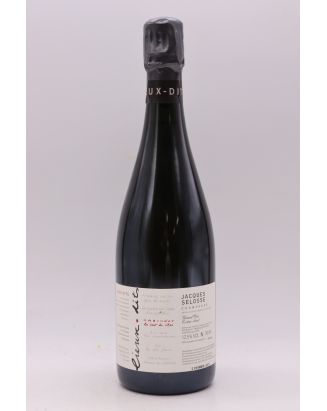











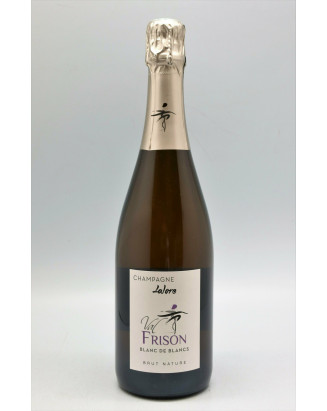


Grower Champagne, often called "Grower Champagne," stands out from the productions of large houses due to its origin and artisanal approach. These champagnes come from independent winemakers who cultivate their own vines, vinify their grapes, and craft their cuvées on-site. They generally own most or all of their vineyards. Here are some aspects that define Grower Champagne:
Terroir and Origin: Champagne winemakers often cultivate their vines on specific plots, highlighting the concept of terroir. Each winemaker may have plots in different villages, offering a variety of unique flavors and aromas.
Sustainable Viticulture: Many independent Champagne winemakers adopt sustainable, organic, or biodynamic viticulture practices. They place great importance on the health of their vines, biodiversity, and ecosystem preservation.
Artisanal Winemaking: Unlike large houses that produce significant volumes, Champagne winemakers often have more modest winemaking facilities. They tend to favor artisanal methods and closer control over the winemaking process.
Unique Cuvees: Champagne winemakers frequently highlight specific cuvées, reflecting the characteristics of their vineyards. They may produce specific vintages, parcel cuvées, or creative blends that showcase the diversity of their terroirs.
Small Quantities: Due to the smaller size of their operations, Champagne winemakers often produce limited quantities. This imparts exclusivity to their cuvées, reinforcing the artisanal nature and uniqueness of each bottle.
Personal Commitment: Champagne winemakers are often involved at every stage of the process, from vineyard to bottle. Their passion and dedication shine through in the quality and distinctive character of their champagnes.
Current Trend: Over the past decades, Grower Champagne has gained popularity. Consumers increasingly seek champagnes that reflect authenticity, diversity, and the unique character of each winemaker.
In summary, Grower Champagne embodies the very essence of artisanal production, offering champagne enthusiasts a more personalized and authentic experience.
Here are the different statuses that define the roles and responsibilities of Champagne professionals:
-Récoltant (or Récoltant Manipulant - RM): Growers are grape producers who cultivate their own vineyards and produce Champagne from their own harvests. They are involved in all stages of the process, from grape cultivation to winemaking, and they craft their cuvées under their own name.
-Cooperative (or Cooperative de Manipulation - CM): Cooperatives bring together several independent winemakers who contribute their grapes to a common facility for winemaking. Champagne is produced under the name of the cooperative, and each winemaker can market the Champagne produced individually.
-Négociant Manipulant (or Maison de Champagne - NM): Négociants manipulants are Champagne houses that may not necessarily own vineyards. They usually buy grapes, musts, or already elaborated wines to create their cuvées. These houses are often renowned large establishments.
-Récoltant Coopérateur: This is a winemaker who supplies grapes to a cooperative for winemaking. Although Champagne is produced under the name of the cooperative, the grower-cooperator can also market their cuvées under their own name.
-Récoltant Manipulant Coopérateur: Some producers can be both grower-manipulators and supply grapes to a cooperative. This allows them to diversify their production while participating in a collective approach.
-Marque de Négociant (MN): Some négociants can create specific brands to market their Champagne without using the term "house." These brands may represent special cuvées or distinct ranges.
-Société de Récoltants (SR): This is a company composed of several growers who have joined forces to produce and market Champagne. Each grower can also produce their own cuvées.
Produced from the main grape varieties Chardonnay, Pinot Noir, and Pinot Meunier, Champagne can sometimes be a Blanc de Blancs (a white wine made from white grapes only, for example, 100% Chardonnay resulting in an elegant and mineral Champagne) or Blanc de Noirs (a white wine made from black grapes only, for example, 100% Pinot Noir, resulting in a more fruity, full-bodied, and vinous Champagne).
Champagne is crafted using a technique called Traditional Method (or Champagne Method), involving the production of a still base wine followed by a second fermentation in the bottle through the addition of a liqueur de tirage, creating the characteristic natural bubbles of Champagne. The bottles then undergo aging on lees, contributing to the complexity and richness of aromas. Finally, after disgorgement, the addition of a dosage liqueur adjusts the sweetness level of the Champagne, ranging from brut (dry) to doux (sweet). Here is the ranking of Champagne sweetness levels from least to most in grams of sugar per liter:
Non-dosé or Brut Nature: No dosage added.
Extra Brut: Even drier than Brut, less than 3g/L.
Brut: Minimal residual sugar, between 4g/L and 12g/L.
Extra Dry: Very slightly sweet, between 12 and 17g/L.
Sec: Slightly sweet, between 17 and 32g/L.
Demi-Sec: Sweet, between 32 and 50g/L.
Doux: Very sweet, and rarely produced nowadays, over 50g/L.
If the Champagne is a vintage Champagne, the production method is even more stringent.
Vintage Champagnes are crafted from grapes harvested in an exceptional year. Unlike non-vintage cuvées, often blends of wines from different years to maintain a consistent style, vintage Champagnes highlight the specific characteristics of a particular harvest. They are produced only in years when weather conditions have been exceptional, allowing the grapes to reach optimal maturity. Here are their characteristics :
Terroir Expression: Vintage Champagnes capture the essence of the terroir of the harvest year, reflecting climatic conditions, grape quality, and soil specificity.
Aging: These Champagnes often have superior aging potential due to the exceptional quality of the harvest. They can evolve complexly over time, developing deeper aromas and a richer texture.
Selective Blending: Champagne houses conduct meticulous blending to create vintage cuvées, selecting the best lots of still wines from the specific harvest.
Unique Character: Each vintage has its own characteristics, and vintage Champagnes allow enthusiasts to taste the uniqueness of each exceptional year.
Champagne has produced outstanding vintages over the decades, each offering unique characteristics and remarkable qualities. Here are some of the most exceptional Champagne vintages:
20th Century Champagne Vintages:
Other notable vintages include 1929, 1955, 1990, and 1996.
21st Century Champagne Vintages:
Other notable vintages include 2004 and 2005.
It's important to note that each vintage can have its own peculiarities based on climatic conditions and winemaking practices.
Grower Champagne: The Essentials
Produced thanks to the work of independent winemakers who cultivate their own vines, these champagnes are recognized for their gustatory uniqueness and distinctive character. Often stemming from a family savoir-faire passed down through generations, grower champagnes express a different personality depending on the weather, cellar work, or the winemaker at play.
These Champagne winemakers captivate even the most demanding enthusiasts and never cease to impress critics! It is a delight to discover their interpretation of the noblest parcels of Champagne, such as those from Avize, Ambonnay, Aÿ, Vertus, Vrigny, Cramant, Mesnil sur Oger, etc. Explore also all vintage Champagnes, Premier and Grand Cru, and rosé, 100% in stock and available immediately!
Enjoy many vintaged Champagne, Blanc de Blancs, Rosé Champagne and some of the greatest Champagne winemakers: André Beaufort, Suenen, Marguet, Bérêche, Dehours, Eric Rodez, Etienne Calsac, Fallet Prevostat, Francis Boulard, Françoise Bedel, Georges Laval, Ulysse Collin, Giraud, Jacques Lassaigne, Selosse, Jacquesson, Laherte, Larmandier Bernier, Leclerc Briant, R. Pouillon, Roses de Jeanne, Ruppert Leroy, Tarlant, Tellier, R. Faivre, Vouette et Sorbée...